The Handheld GPS Logger has three GPS position logging capabilities:
1. manual button click position logging for a single position
2. manual button click position logging for mapping borders and areas
3. automated position logging with user controlled logging frequency
The user is given the option to assign a custom name code to each set of position data collected.
Comma separated name code, position, and time data is written to a micro SD card.
The data can be formatted as desired and uploaded to free online applications in order to generate a map.
 John Opsahl
John Opsahl


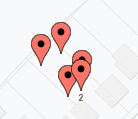
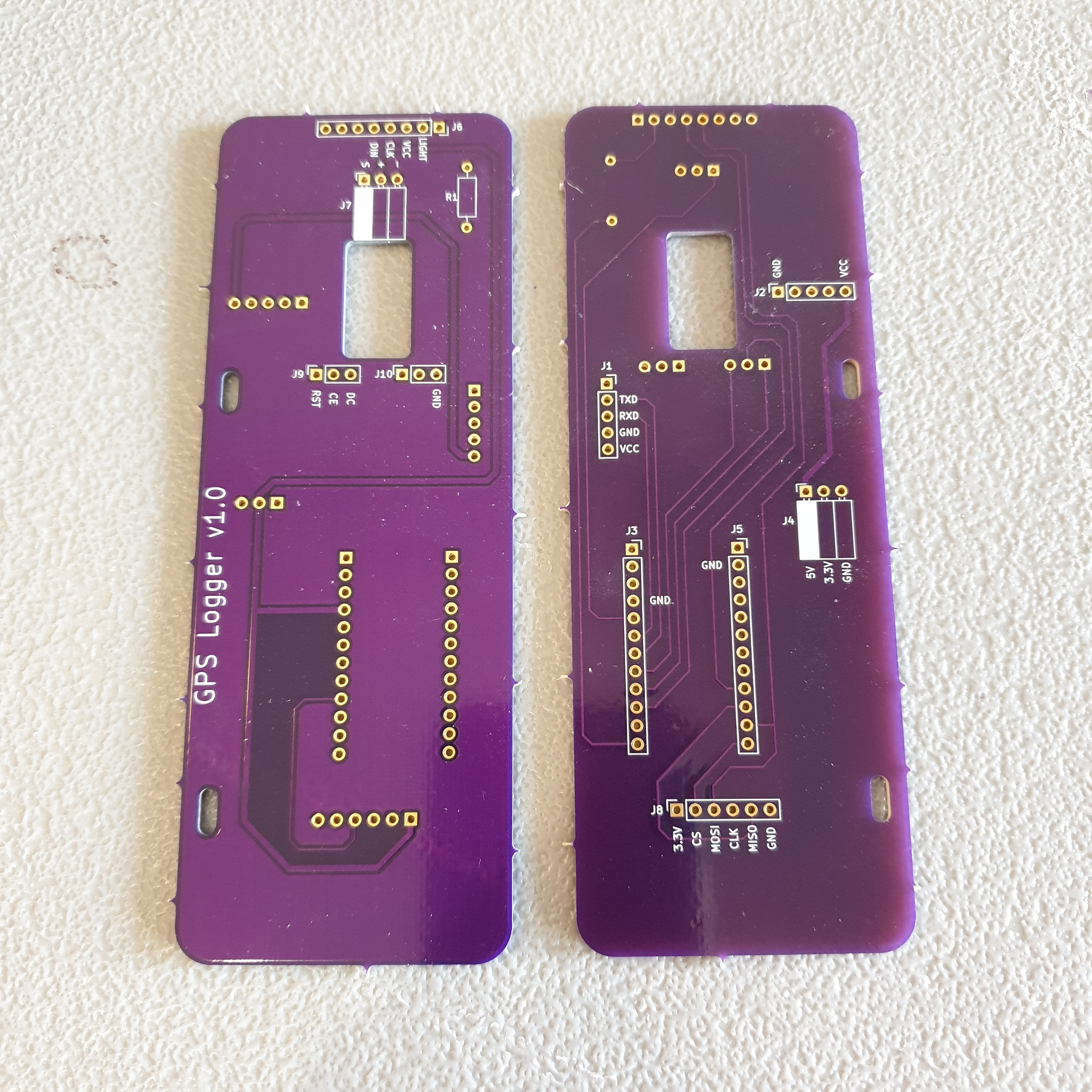
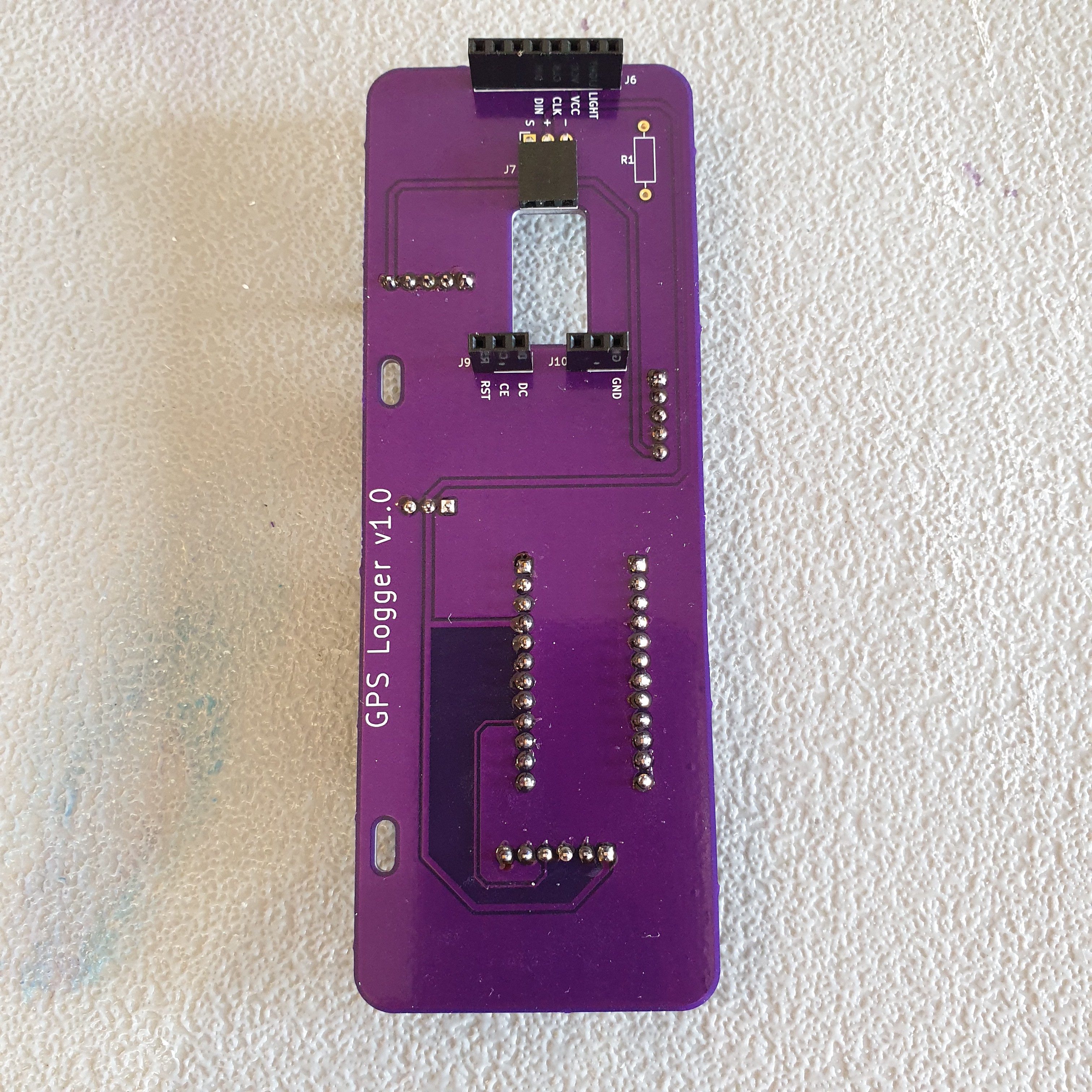
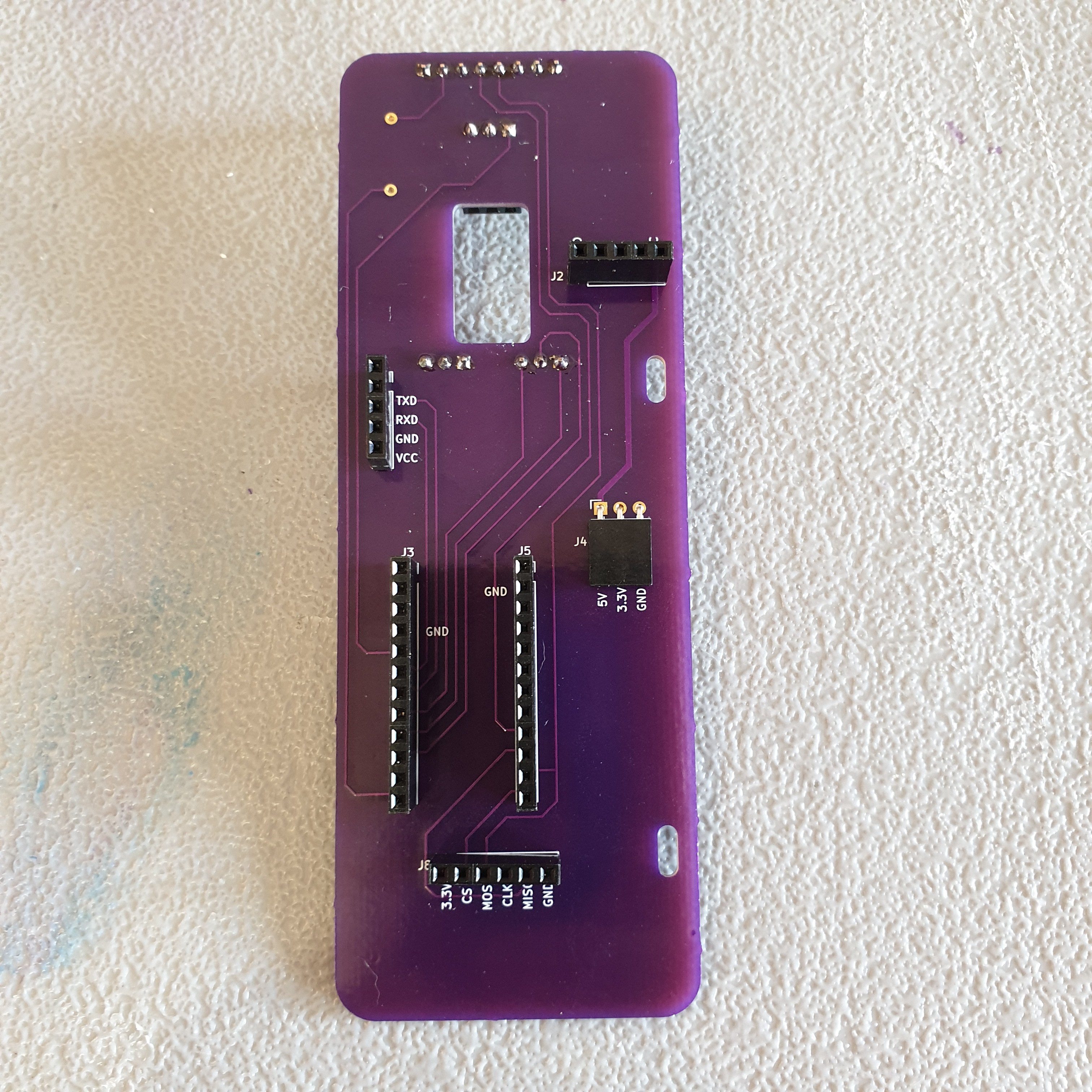

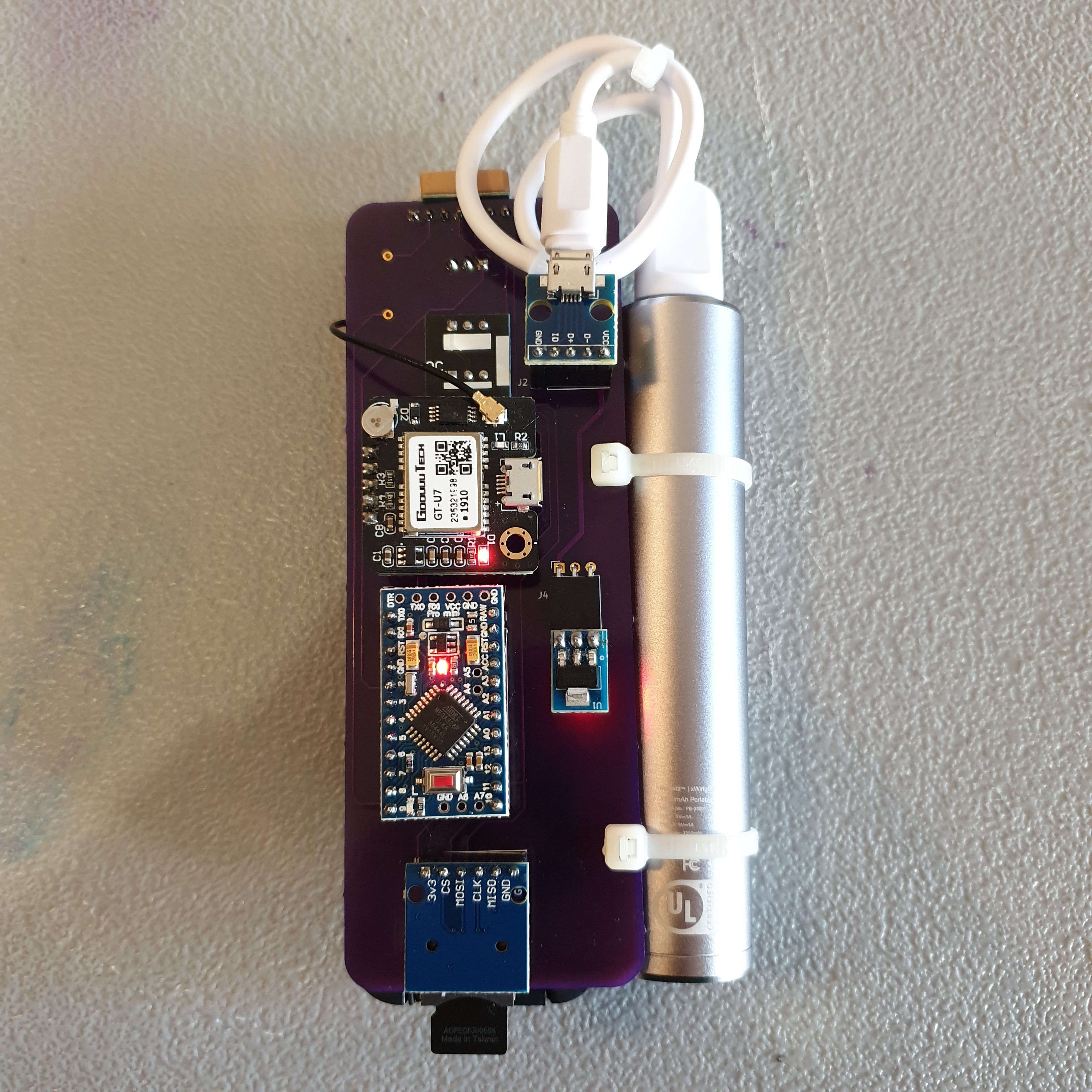

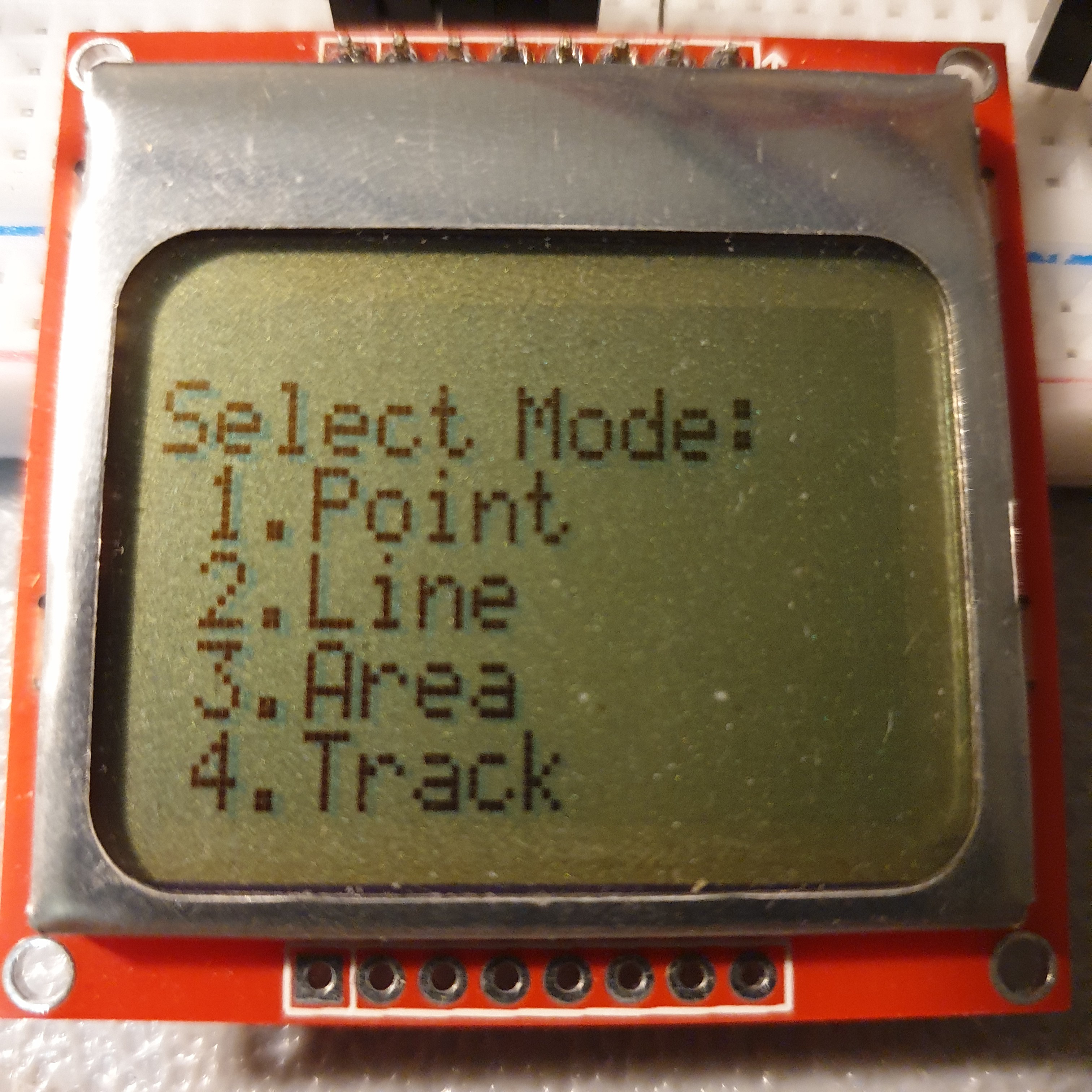
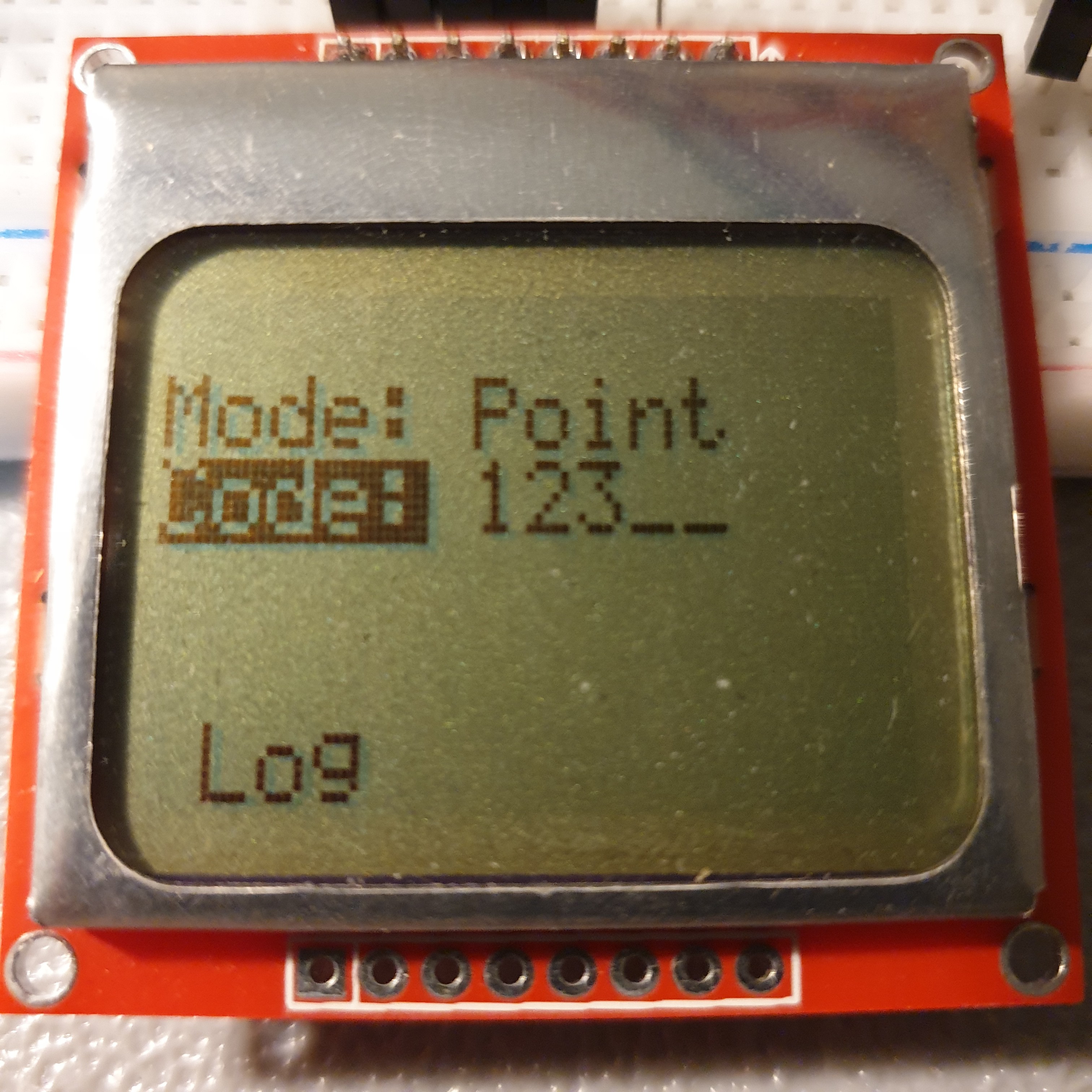
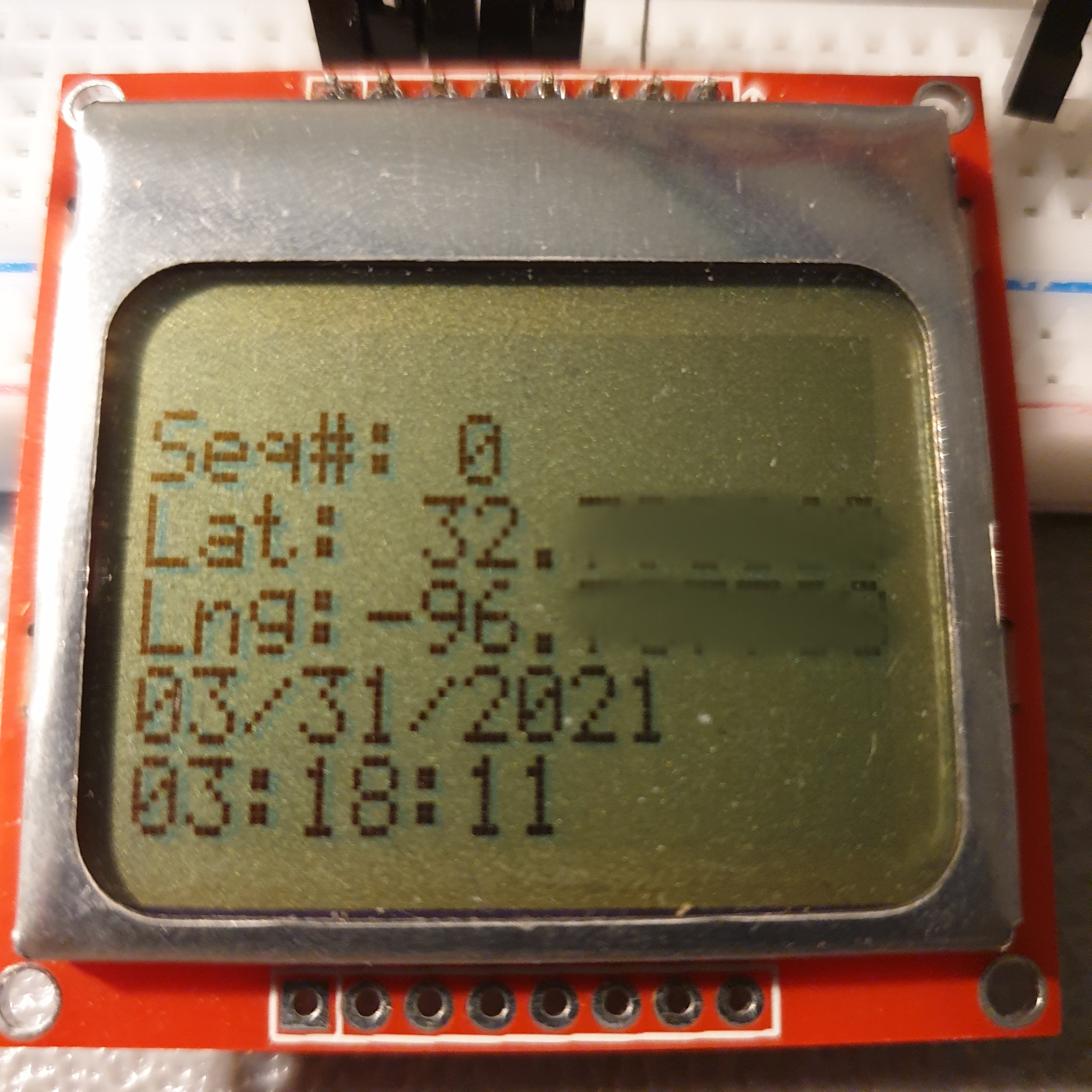
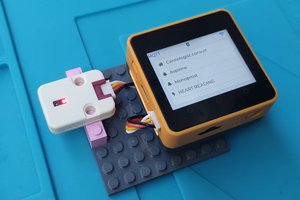
 Angel Cabello
Angel Cabello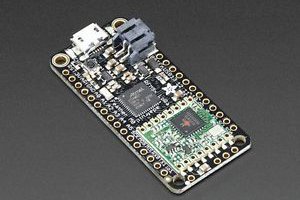
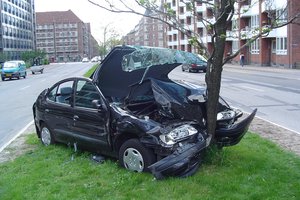
 Klaus
Klaus
 Mohamed Ali CHERIF
Mohamed Ali CHERIF